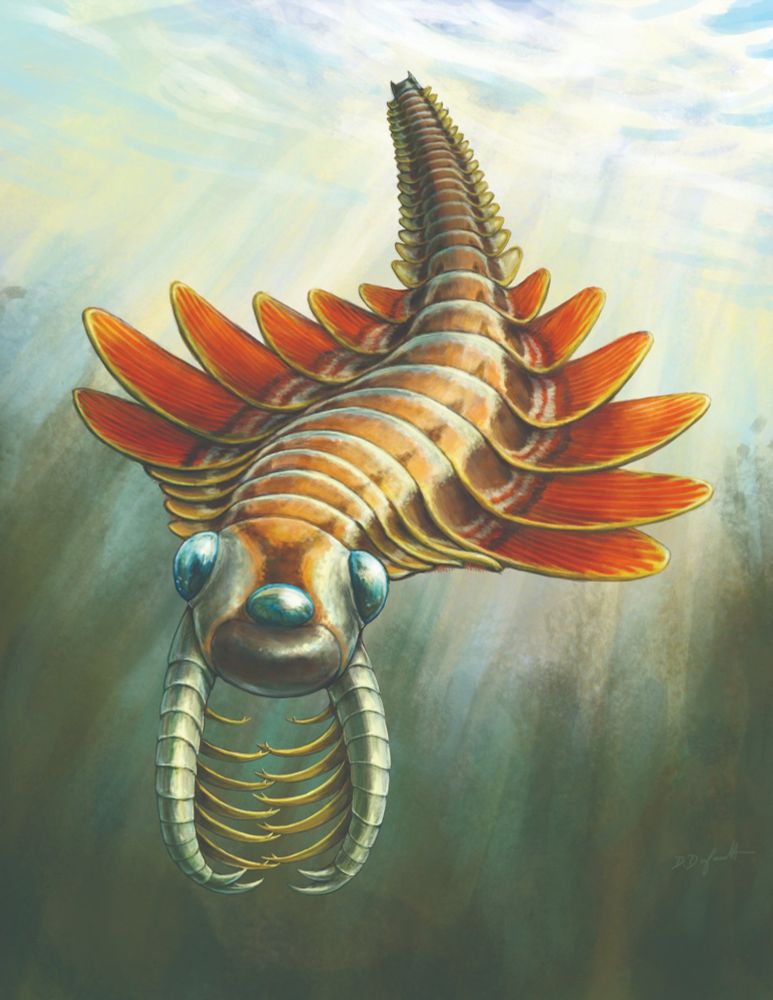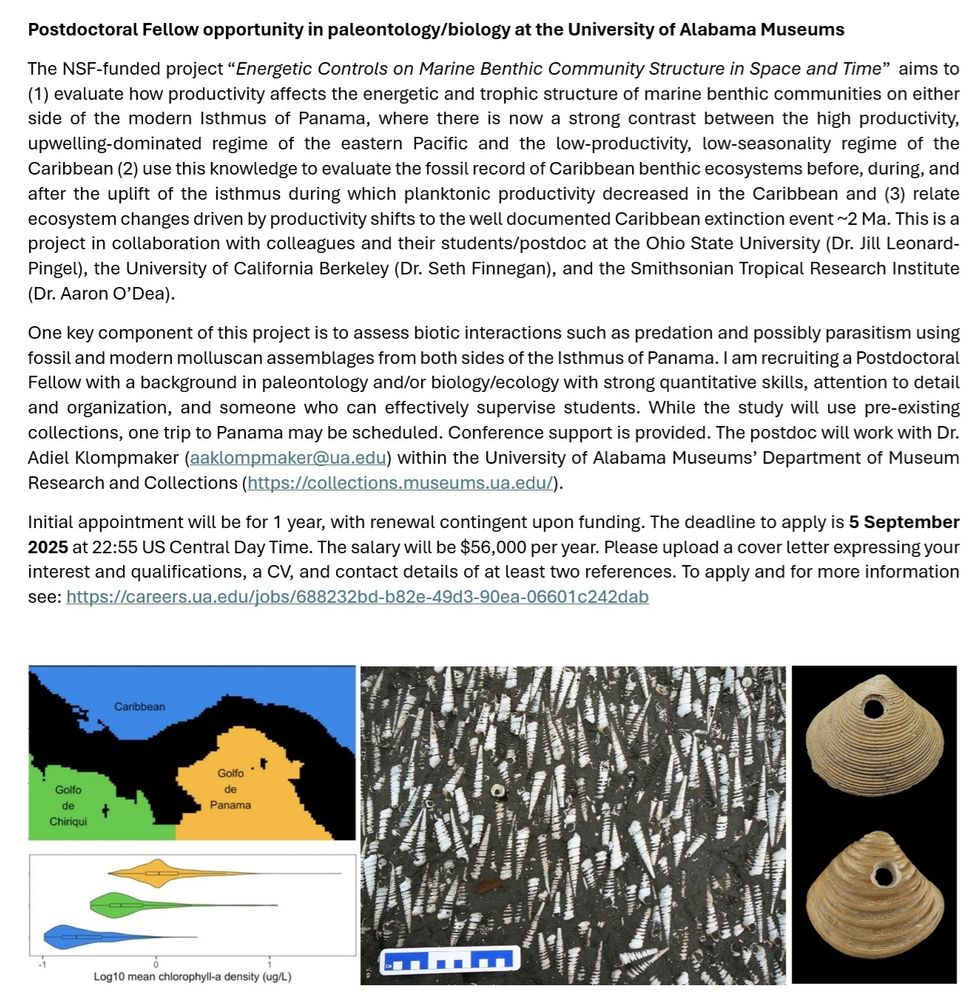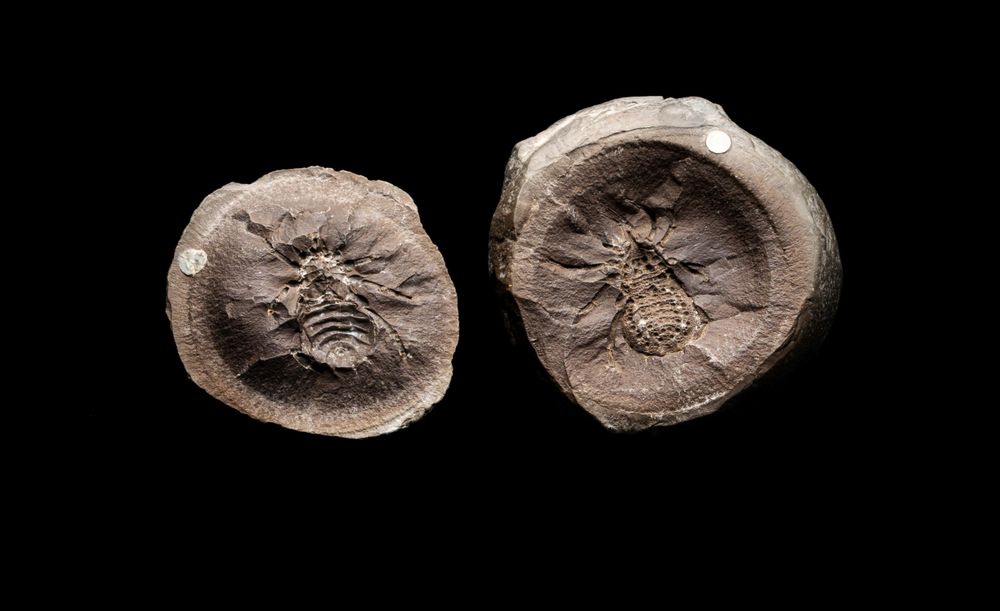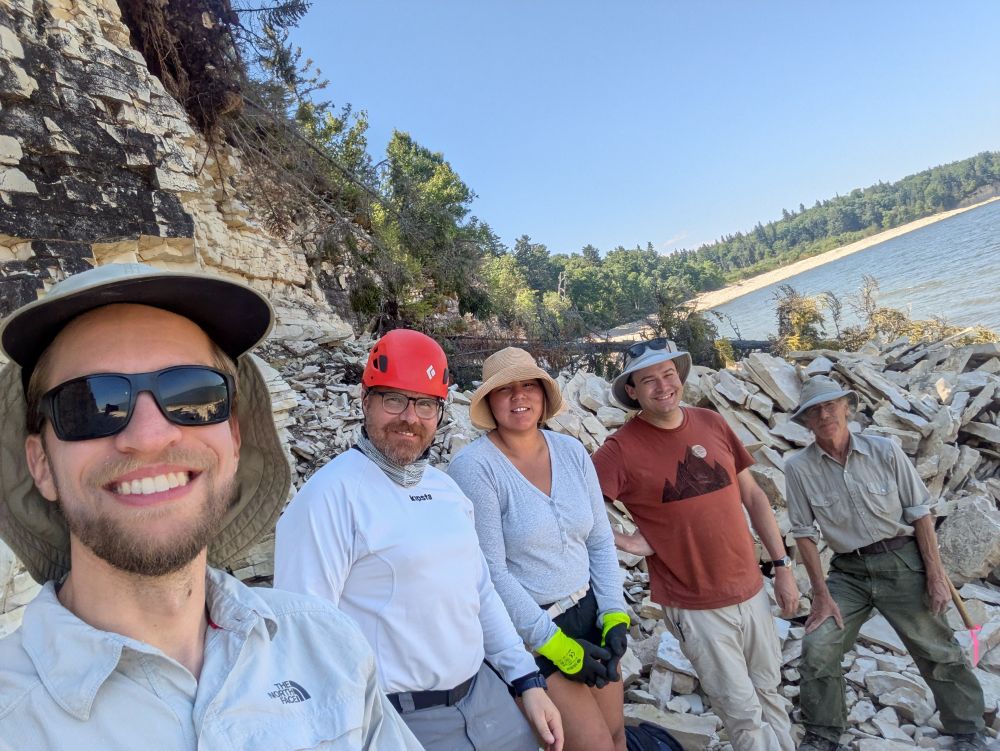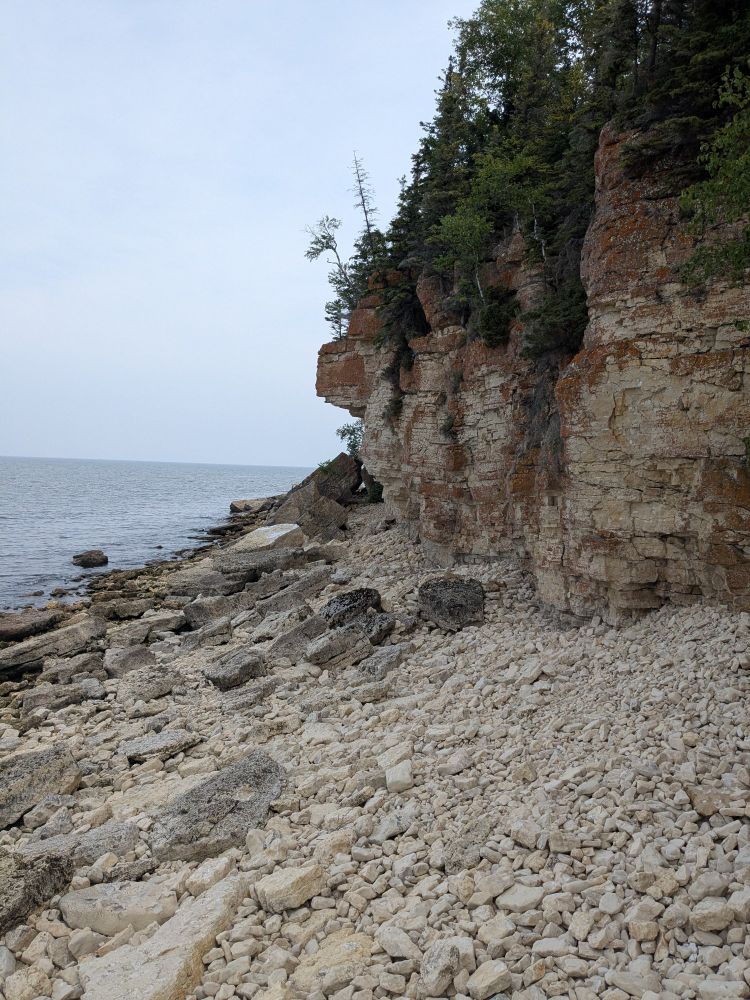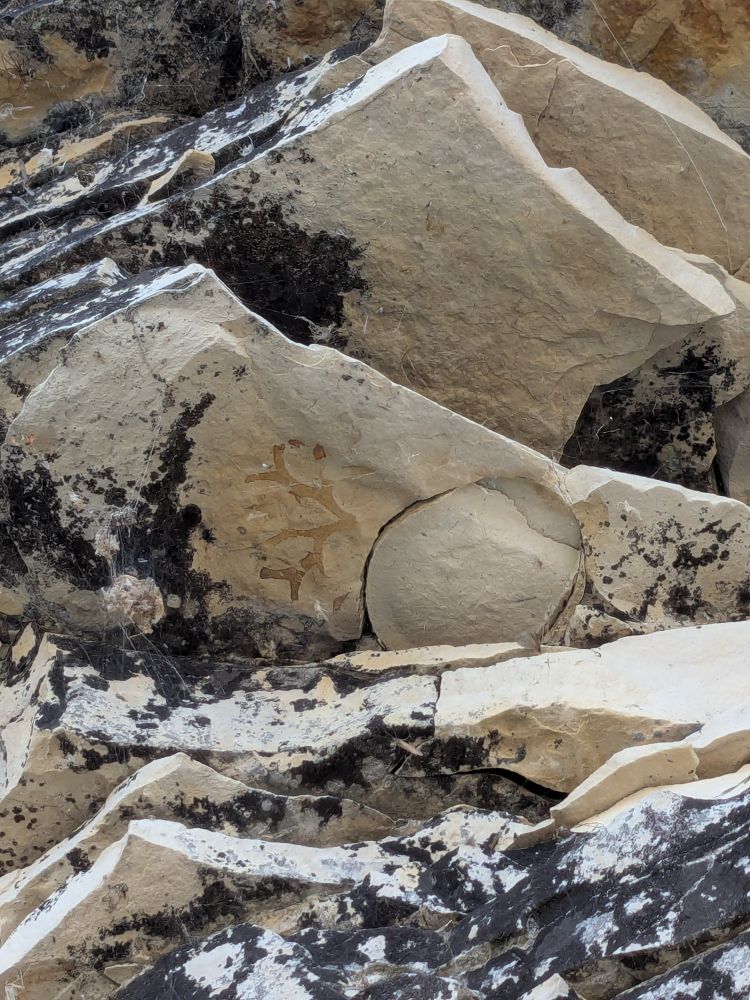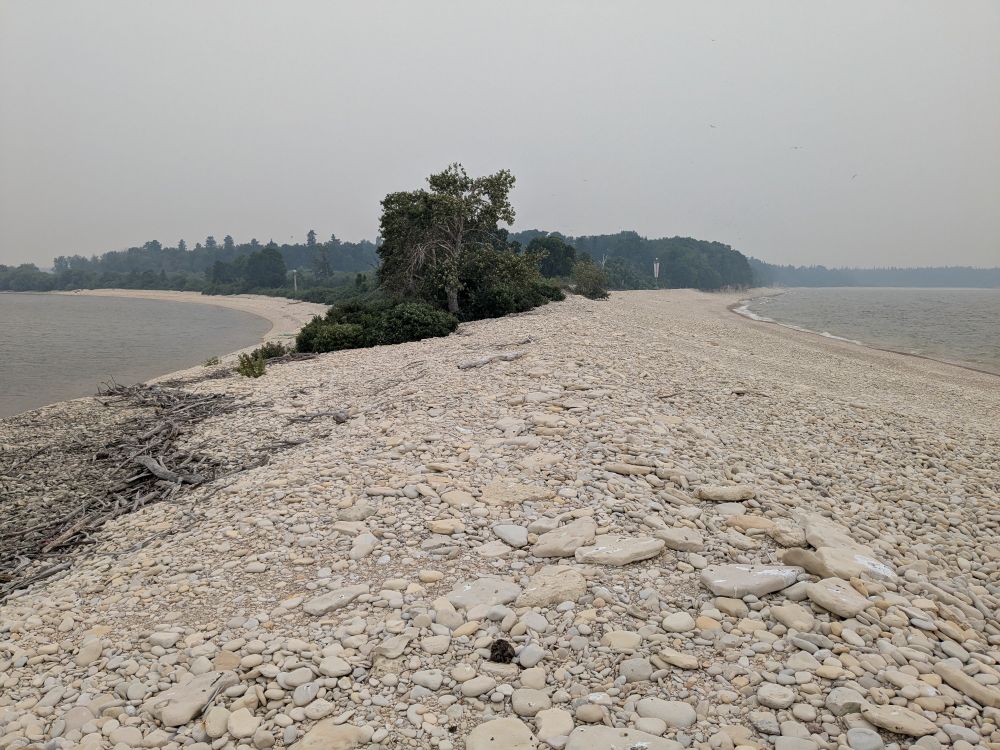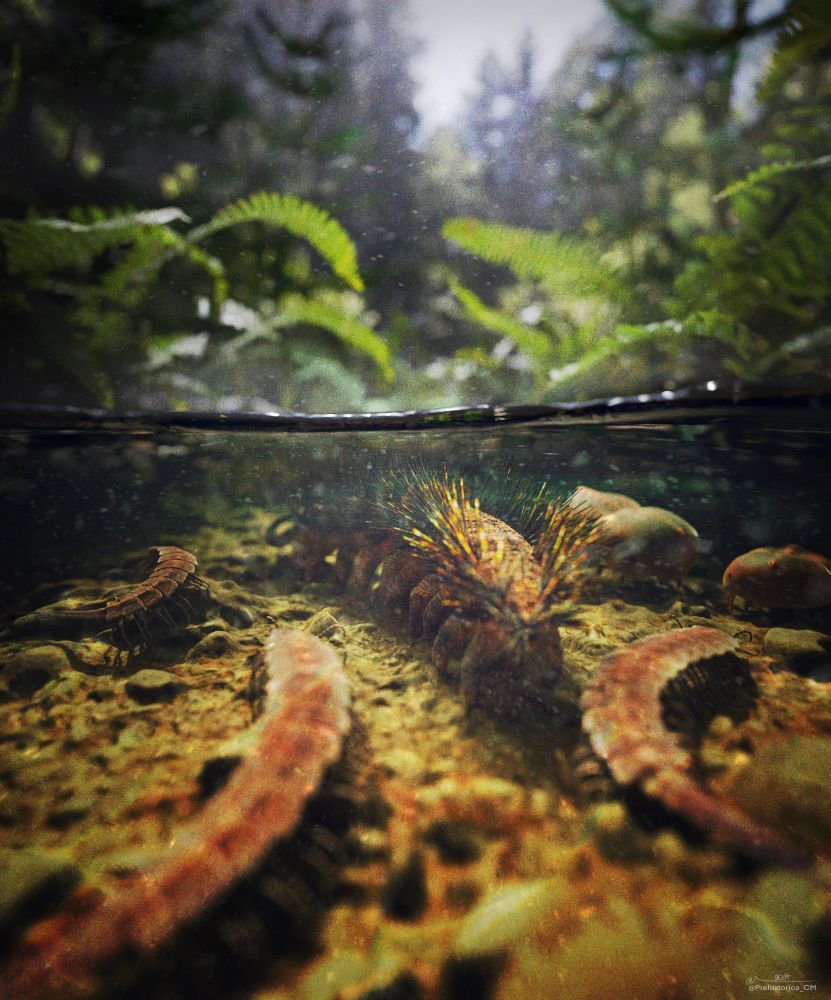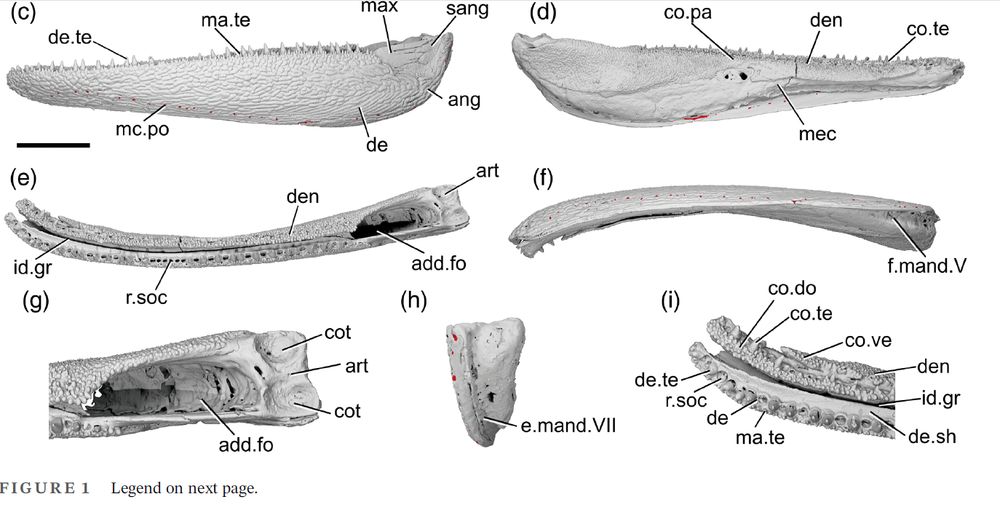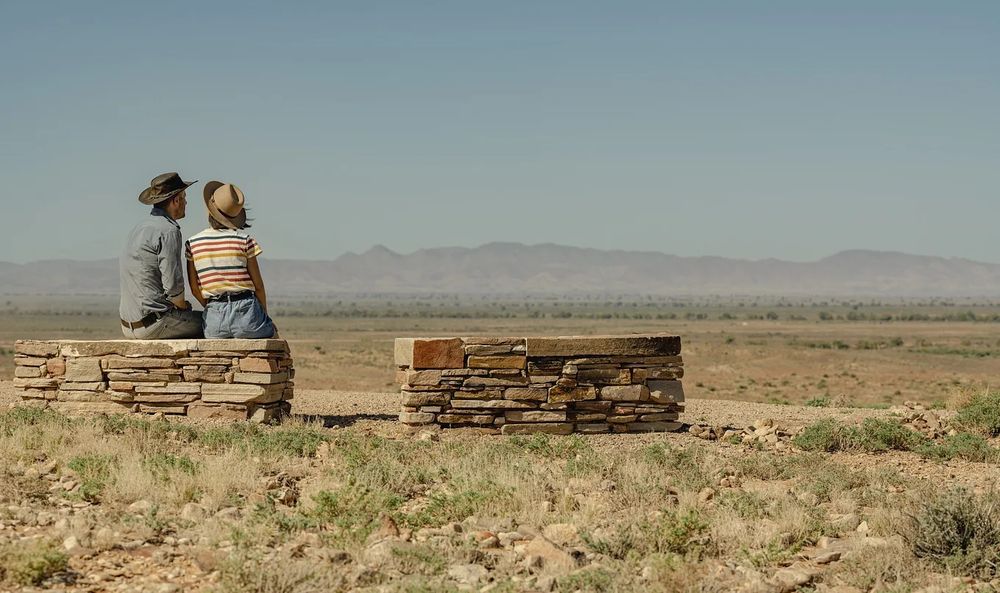Dr. Joe Moysiuk
@cambrojoe.bsky.social
230 followers
190 following
20 posts
Curator of Palaeontology and Geology at the Manitoba Museum and Adjunct Prof. at U of Saskatchewan Geological Sciences, using Cambro-Ordovician #fossils to illuminate early animal evolution (personal account)
Posts
Media
Videos
Starter Packs
Pinned
Reposted by Dr. Joe Moysiuk
Reposted by Dr. Joe Moysiuk
Reposted by Dr. Joe Moysiuk
Reposted by Dr. Joe Moysiuk
Dr. Joe Moysiuk
@cambrojoe.bsky.social
· Aug 22

50 years of Discovery: Burgess Shale Research at ROM
For 50 years, ROM has been at the forefront of Burgess Shale research, uncovering dozens of new fossil sites and species. Celebrate this milestone with the stories of ROM’s researchers and partners. H...
www.rom.on.ca
Reposted by Dr. Joe Moysiuk
Reposted by Dr. Joe Moysiuk
Reposted by Dr. Joe Moysiuk
Reposted by Dr. Joe Moysiuk
Reposted by Dr. Joe Moysiuk
Reposted by Dr. Joe Moysiuk
Reposted by Dr. Joe Moysiuk
Reposted by Dr. Joe Moysiuk
Reposted by Dr. Joe Moysiuk
Karen Pauls
@karenpaulscbc.bsky.social
· Jul 19
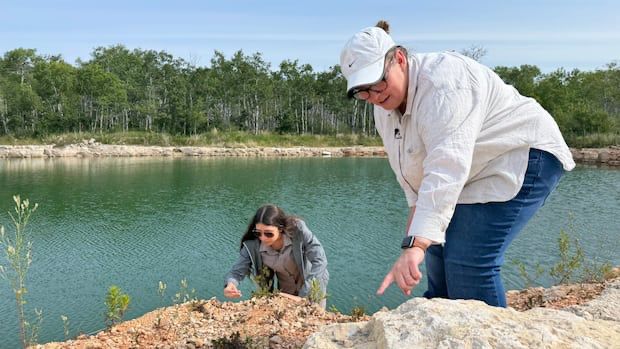
Move over, Jurassic Park. Manitoba was home to newly discovered 390-million-year-old extinct fish | CBC News
A research team from the University of Manitoba has discovered a new genus of placoderm fish, named Elmosteus lundarensis, one of the earliest fish to develop bones, a jaw and teeth.
www.cbc.ca
Reposted by Dr. Joe Moysiuk
Reposted by Dr. Joe Moysiuk
Reposted by Dr. Joe Moysiuk
Reposted by Dr. Joe Moysiuk
Reposted by Dr. Joe Moysiuk

